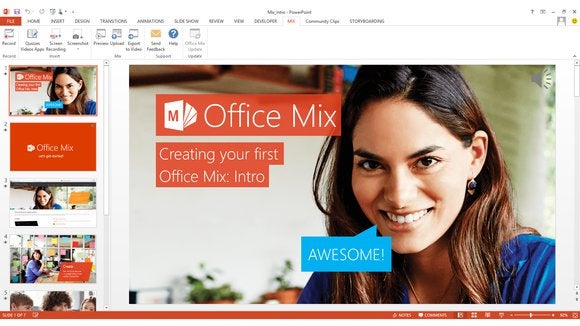Career Center Presentation
In class, we had the opportunity to talk with Patrick Burns from the Career Center at Stockton. He gave us a really informative briefing on Professional Image and Job Searching. During the presentation, he emphasized the importance of deciding how to present ourselves online, with consideration for what field we are in (or desire to be in) and what the standards for those fields are Once I establish that for myself, it would benefit me to curate online content related to my major.
Something important Patrick talked about is that the goal of our professional online profiles is to expand our human connections online. This fits right in with that age old saying about business: "It's not
what you know, it's
who you know." As job-seekers, we should actively maintain professional digital profiles because doing so has the potential to link us to people and jobs we would not otherwise have access to.
One part of the presentation was about job searching in a relatively painless way (meaning avoiding taking random shots in the dark at applications). I have found the application process arduous and annoying, and a little demoralizing. I have, thus far, only applied to jobs using the shot in the dark method.
My main takeaways are:
- Strategize. Figure out a plan for the next step. We revise as we go.
- Ask, "what do I want to do?"
- Learn about the industry.
- Direct my resume to specific area of the industry, meaning gear the message of my resume to the type of job I am applying for.
- Consider, "where or how can my first job help me to my next?"
I have found these tips to be really useful, and I was even inspired to sign up for my first career fair. Additionally, I plan to seek out some of the resources the Career Center offers, such as resume polishing, interview practice, and job search tutorials.
Social Media Presence
While most candidates understand that their resume should reflect their best qualities, we may not be
considering the content we post online as part of our complete digital profile. However,
employers do. Social media continues to change the way people do business, notably changing the employer/employee relationship. Most employers and recruiters expect job candidates to have a professional online presence.
Glassdoor poses the prevalence of social media in the workforce as a unique opportunity for candidates to create their own personal brand, in order to stand out to employers.
Having great profiles can provide employers a more complete picture of who the applicant is while they are not in an interview. Poor perceptions of an employee’s social media profiles can cause recruiters to turn down an applicant. Even after hiring a candidate, 48 percent of employers
report that they use social networking sites to research current employees, and 10 percent of these employers do it on a daily basis!
Generally, here is what employers are looking for on a candidate’s social media profiles:
More specifically, recruiters’ criteria are broken down into smaller data in the graph below, displayed as percentages.
Red bars represent factors that hiring managers consider to be disqualifying red flags.
Blue bars represent factors that hiring managers see as green flags.

Source
“A resume can tell them your qualifications, but your social media profile can help them determine your personality type and if you would be a good fit for the company culture.” - career coach Hallie Crawford
Career coach Hallie Crawford
states that when searching Twitter, recruiters are looking for mutual connections and connections within the industry. She suggests following others in the industry. Instagram is primarily used to see how a candidate represents themselves in photos, the way in which they socialize and interact, and who follows them. Recruiters are looking at an applicant’s about me section on Facebook to see if the way he or she portrays him or her-self there reflects the information on his or her resume.
Curation Tools
In
Untangling The Web, authors Steve Dembo and Adam Bellow introduce the social bookmarking movement. We have a finite amount of time and have to prioritize it to best suit our individual needs. They explain that the advent of bookmark sharing essentially took a person’s curated file drawers of resources and opened them up to the world. The three resources discussed in Chapter 1 include Symbaloo, Diigo, and Participate (formerly EduClipper).
Symbaloo is designed as a dashboard intended to be used as a home page or launchpad. Its grid layout is ideal for people who are less proficient with technology. This tool is great for teachers because they can create webmixes, giving students a variety of activities to choose from within a specific topic. Additionally, these webmixes can be sent home to parents to work on with their students.
Diigo serves as a place for universal online bookmark storage that can be accessed anywhere. This tool features a social aspect which allows group members to assimilate into a personal research team, much like a PLN. This feature is extremely useful because group members bring resources directly to the user. Additionally, research is collaborative, but individual work is individualized.
Participate (formerly EduClipper) is inspired by visual bookmarking tools like Pinterest. It allows users to create personal digital portfolios and research. Importantly, this service features an EasyBib integration that automatically cites sources. Teachers can control the features students have access to. I am personally interested in this application because it has the ability to allow students to showcase their best work in a nontraditional way. A student’s proficiencies and weaknesses can be assessed in a more holistic way than traditional routes like group projects, tests, and homework.









